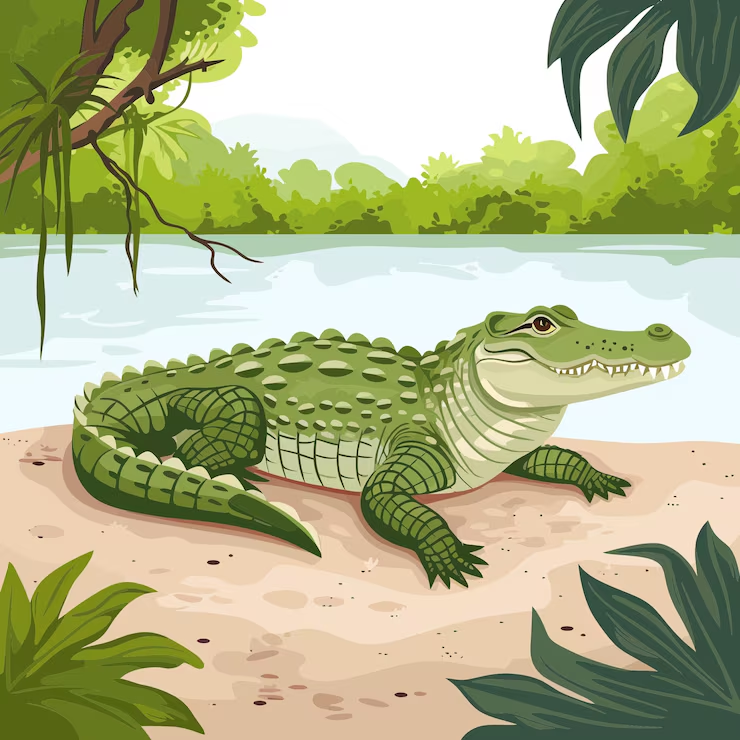Tutor: Hello, Edward. Sit down.
Edward: Thanks. I need some advice on my presentation about product development.
Tutor: Right. Have you decided what to focus on?
Edward: Yes. The product I've chosen is a particular type of mosquito net.
Tutor: Any reason for choosing that?
Edward: I spent last summer traveling around Africa with a friend. He's studying medicine, so when we're in a region where mosquitoes cause malaria, we visited a medical center. Mhmm. 1I chatted to an administrator while my friend talked to one of the doctors, and I found out they've had far fewer cases of malaria since these mosquito nets became available locally. That made me interested in them.
Tutor: Okay. Mosquito nets have quite a long history, don't they? I believe they've been used in Japan for centuries.
Edward: That's right. 2Though apparently, Queen Cleopatra slept under one in ancient Egypt. That was probably where they were invented. And much later, nets were used in China. So perhaps they were invented there independently. Mhmm. Originally, they were made of silk, but later cotton was used, and nowadays, they're mainly synthetic.
Tutor: Mhmm.
Edward: 3It wasn't until the middle of the twentieth century that they developed nets treated with insecticides for use by the military, and that was a major step forward. They used an insecticide called DDT, but it was later found that this could be harmful to people as well as mosquitoes.
Tutor: Is that still a problem with modern nets?
Edward: Oh, no. The chemicals used nowadays are safe even if people sleep under them every night, and the nets work and they're odor-free. But they have to be treated fairly often with the chemical, which the owners need to do themselves.
Tutor: 4Distribution of the chemical can be a problem in remote areas? I mean, people may not be able to get hold of it easily.
Edward: 4That's right.
Tutor: Okay. Tell me about this net you're going to talk about.
Edward: Well, the brand name is Olyset, and the product was invented by a Japanese company. These nets are an improvement on the alternatives because the insecticide is contained inside the fiber and released gradually. It's not coated on the outside as with ordinary nets.
Tutor: So the chemicals don't have to be replaced?
Edward: Right. 5And Olyset nets are also tougher and don't tear as easily. They give protection for at least five years compared with a year or two for other nets.
Tutor: Well, it sounds interesting. But for your seminar presentation, will you provide the bigger picture as well?
Edward: Yes. It'll be a case study of product development. I thought I'd introduce my presentation by describing the background to the new product, the general context.
Tutor: You mean the business context? Where the investment's coming from and that sort of thing?
Edward: Well, I was thinking I'd talk first about insect-borne diseases, particularly malaria, and why there's such an urgent need for new ways of fighting it. Some people might not know much about it.
Tutor: Yes. That's a good idea.
Edward: I've got some statistics about the numbers of people worldwide who get the disease each year. I thought I'd show those. They're quite staggering.
Tutor: I can imagine. It's one of the world's biggest health problems after all. 6It'd also be useful if you could find some statistical information on how malaria affects countries' economic output and present that too.
Edward: Okay. I'm sure I can find something. After that, I'll talk about mosquito nets. First, the historical development, just briefly, and then I'll introduce the Olyset mosquito net.
Tutor: Yes. Keep it simple. 7You could just present a bulleted list of its characteristics, the things that make it different from other types of net, and talk that through.
Edward: Right. Then I thought I'd outline the production process.
Tutor: Fine.
Edward: 28Should I give some information about where the money for the project has come from? There are lots of government and private sponsors.
Tutor: Definitely. That's a very important aspect of any product development. Where are the nets being manufactured, by the way?
Edward: Oh, over half are made in Tanzania by a company called A to Z. They got an interest-free loan to buy in the necessary machinery.
Tutor: Well, 9I'd say a bit about the company profile as well, and then present figures about numbers of staff and the kinds of people they're employing on the Olyset project, if you can find the details.
Edward: Okay. I haven't included any information about marketing. I've got a lot of notes about it, but I'm not sure how to present them.
Tutor: I wouldn't mention that if I were you. 10You've only got a short time for your presentation, and you've got quite a lot of material here already. But you should provide some figures about output. Have you found out from the company's website how many nets they actually produce?
Edward: Yes. It's over 30 million a year.
Tutor: Right.
Edward: Then I'm not sure how to finish off. What do you think about including something on potential …

![[Forecast Q2-2025] - Biology lecture](https://static.helik.app/reading/8fd3d7d2-ccf9-47a3-8920-2e7a3b0d6607)
![[Forecast Q2-2025] - Living in the City](https://static.helik.app/reading/1a60bcf3-f3a7-4e9b-97a2-94d156a0de3b)
![[Forecast Q2-2025] - Student Union](https://static.helik.app/reading/fb443123-8c1d-447e-8c79-5a01650f4754)
![[Forecast Q2-2025] - Fruit-picking Job in an Orchard](https://static.helik.app/reading/e1968346-6c55-44ae-b8d3-f6a4fb7207b9)
![[Forecast Q2-2025] - University Crime Prevention](https://static.helik.app/reading/bdda593e-16d6-4c72-8a12-b116e917b27c)
![[Forecast Q2-2025] - Business Course](https://static.helik.app/reading/3308e282-99a6-4bcb-9d22-0b488701d968)
![[C20T1] - Choosing a restaurant](https://static.helik.app/reading/e9b21123-c43c-42fb-88b7-5d0be3a37e03)
